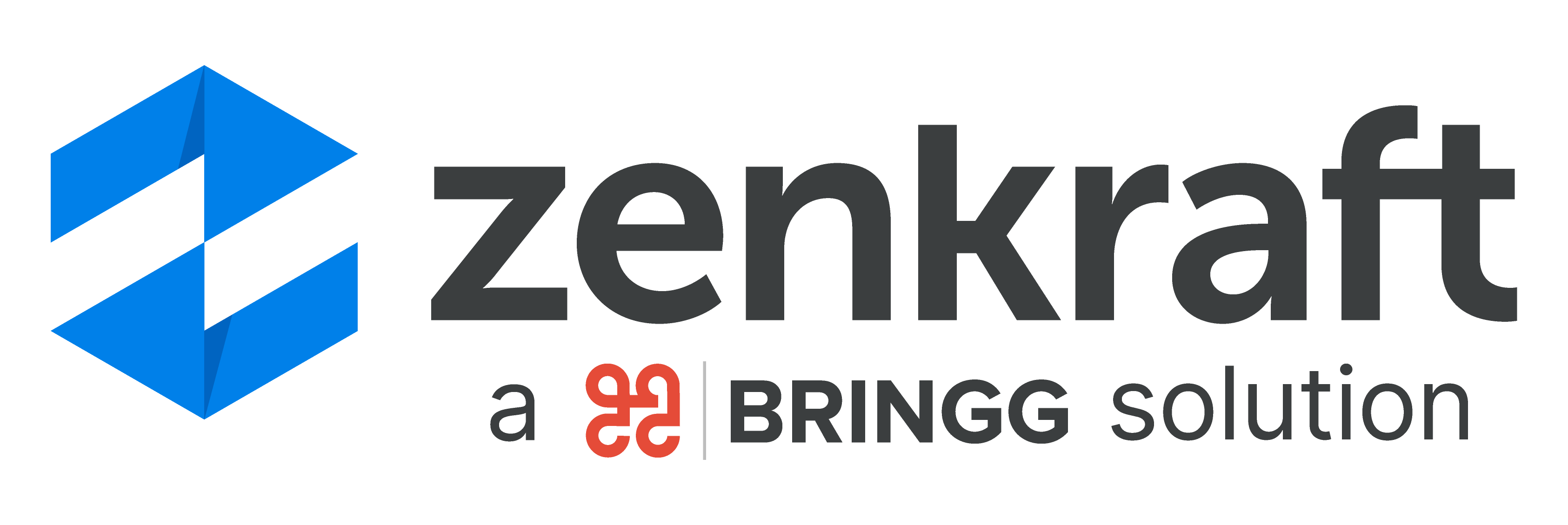Ecommerce Returns are on the Rise 📈
UPS estimated that almost 2 million packages entered its network on January 2nd, the day it has coined “National Returns Day”.
That’s one shipping carrier, in one market, in one day...
Is your technology stack equipped to provide a top-notch customer experience in the age of excessive ecommerce returns?
In most companies, there’s a disconnect between the return request (Case) and the physical location of the item. Zenkraft helps eliminate this disconnect by connecting 60+ shipping carriers to Cases in Salesforce, enabling CSRs to create return shipping labels directly from return requests (cases).
4 ways Zenkraft can help your team process ecommerce returns:
Create Labels with a Single-Click 🦸♀️
Superman can leap tall buildings in a single bound. Your CSRs can create ecommerce return labels in a single click with the Multi-Carrier app!
Once the Multi-Carrier app is installed Service Cloud users can click a button and generate the return label, email it and follow up when/if the item is not returned.
This allows your customer service reps to avoid hours of monotonous copy and pasting. Giving them more time and energy to roll out the red carpet for customers, training to handle more complex customer service situations, relaying important customer feedback to your product team, and building a loyal community around your products.
Trigger Workflow 🔫
The physical location and movement of an ecommerce return is an integral part of managing inventory and staying in contact with shipping carriers and customers.
With Zenkraft, companies can leverage status updates to improve customer experience and protect themselves from returns fraud.
If return requests aren’t connected to Cases in your organization, how are you processing ecommerce returns? Are you waiting for a return to travel all the way back upstream? Are you taking chances on packages that may not have been returned or checked for damages?
There’s a better way!
Configure the automatic dispatch of refunds and exchanges based on your own business rules. With the shipment location connected to the Case you can trigger refunds/exchanges when a return reaches a particular checkpoint.
RPA & Returns 🤖
Configuring a "Return My Order" dialogue in Salesforce helps take simple return situations off the plate of customer service reps. The Salesforce platform allows you to easily plug in Zenkraft Actions to existing Bot implementations and craft your chatbot’s conversation.
You can begin the conversation with a dynamic “Return My Order” button. The chatbot can then be configured to ask “ What’s your order number or email address?”. After the customer responds, the bot will retrieve their information and send a return label in the chat window. Your message will look something like this "Here is your return shipping label {!ReturnLabelURL}.
Hands-Off Approach to Returns 🚫🤲
Would you like to remove all but the most complex returns/exchanges from your customer service reps queue?
Our application allows customers to login to their account, quickly explain why they'd like to return the package, generate a label, and mail the package all without having to talk to a customer service rep.
Final Word
Knowing the physical location of a return is crucial to elevating your ecommerce returns experience and getting valuable inventory restocked. Having access to this information in real-time allows you to dispatch refunds or exchanges quicker.
But what’s better for you and your customer is the customer having real-time access to this information.
So connect Cases to shipment location and keep your customers happy (And out of your hair).


